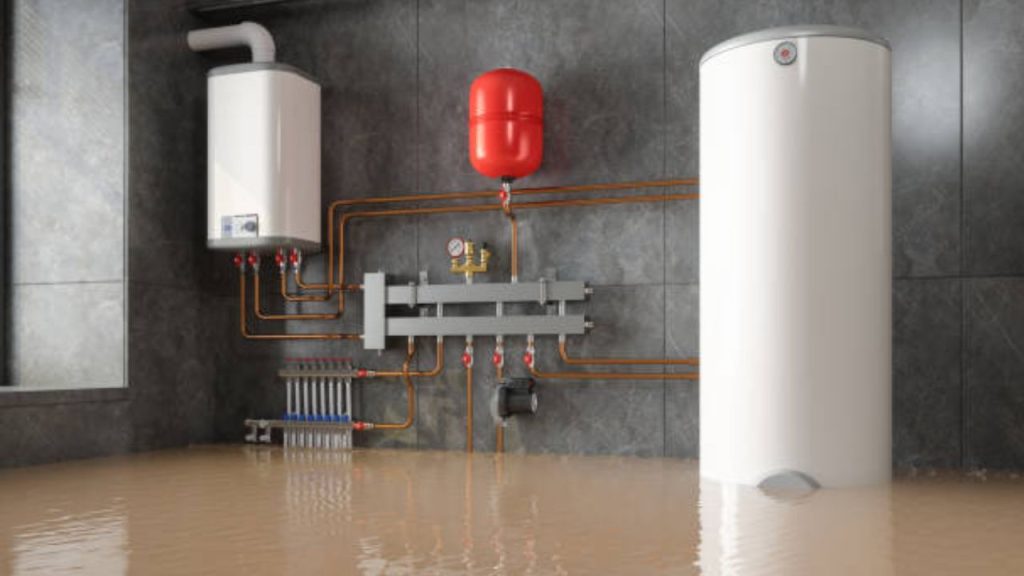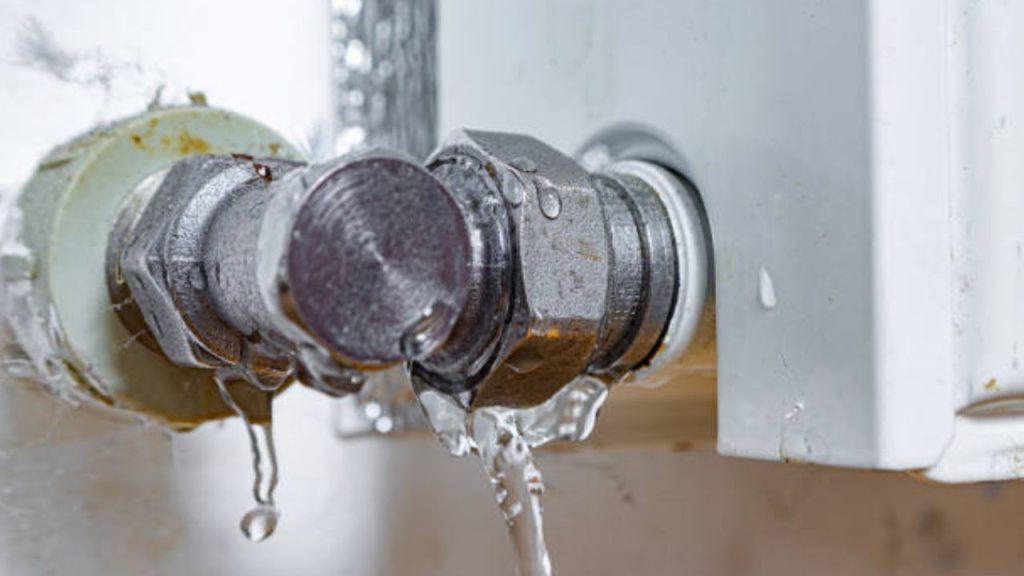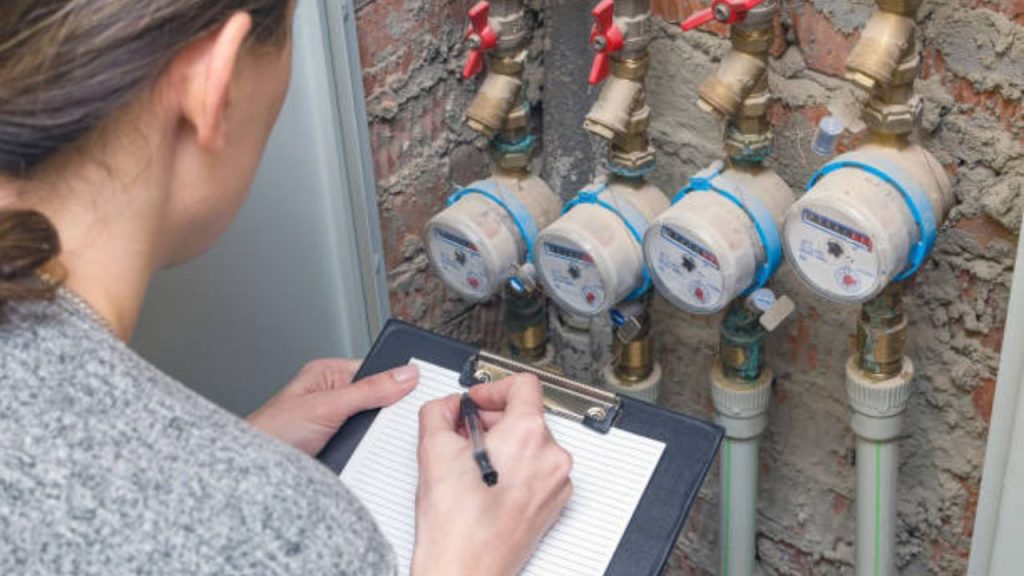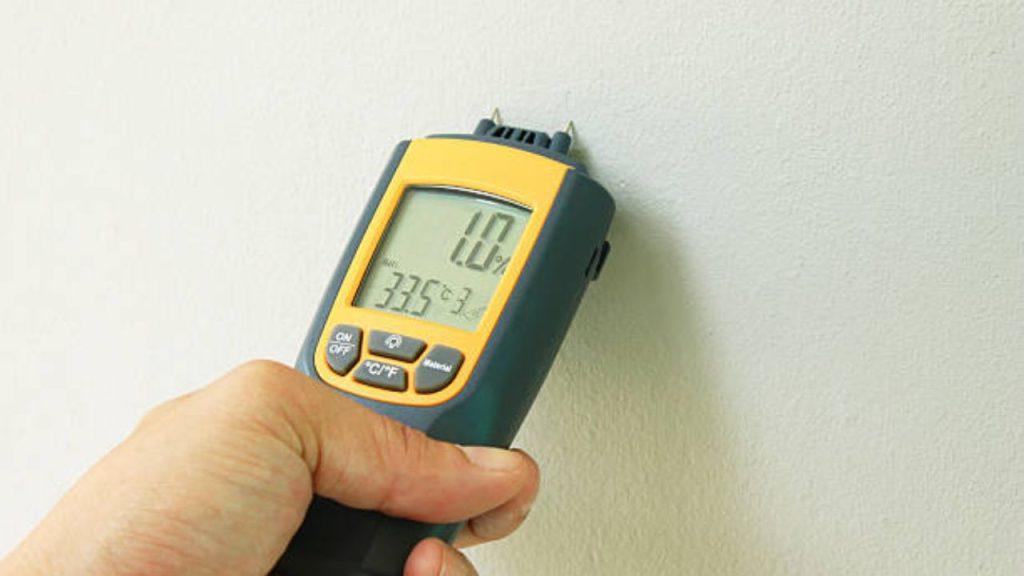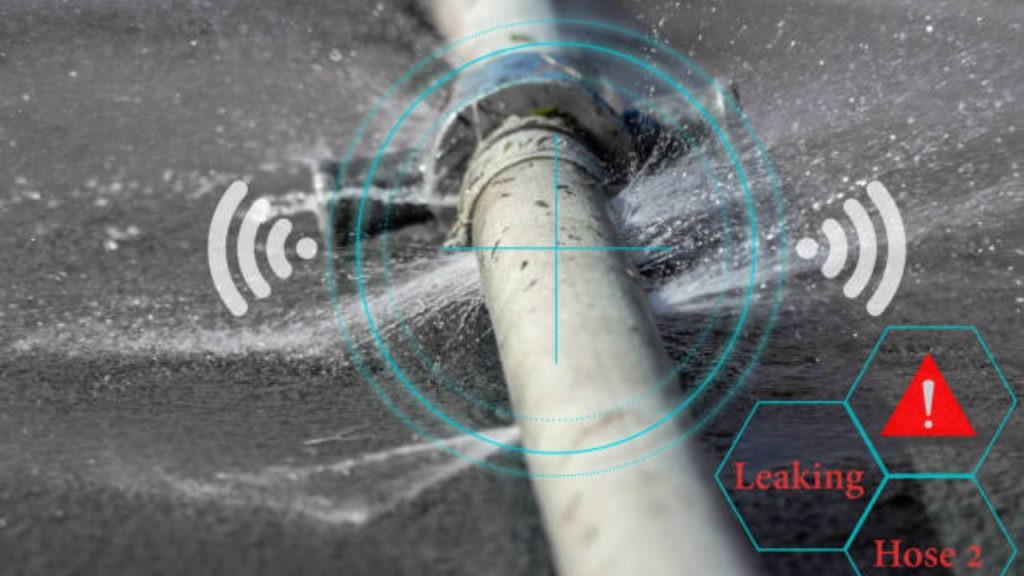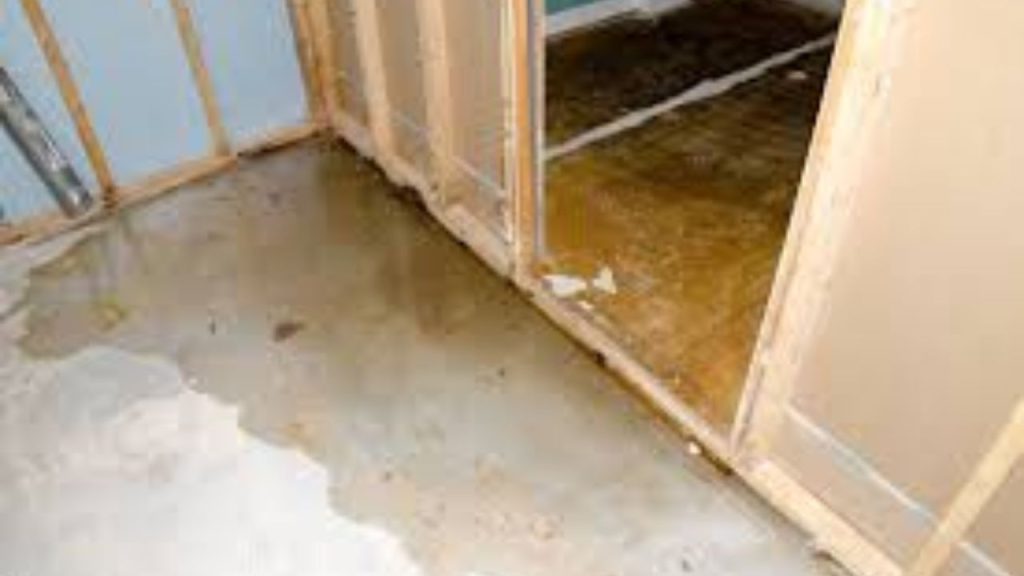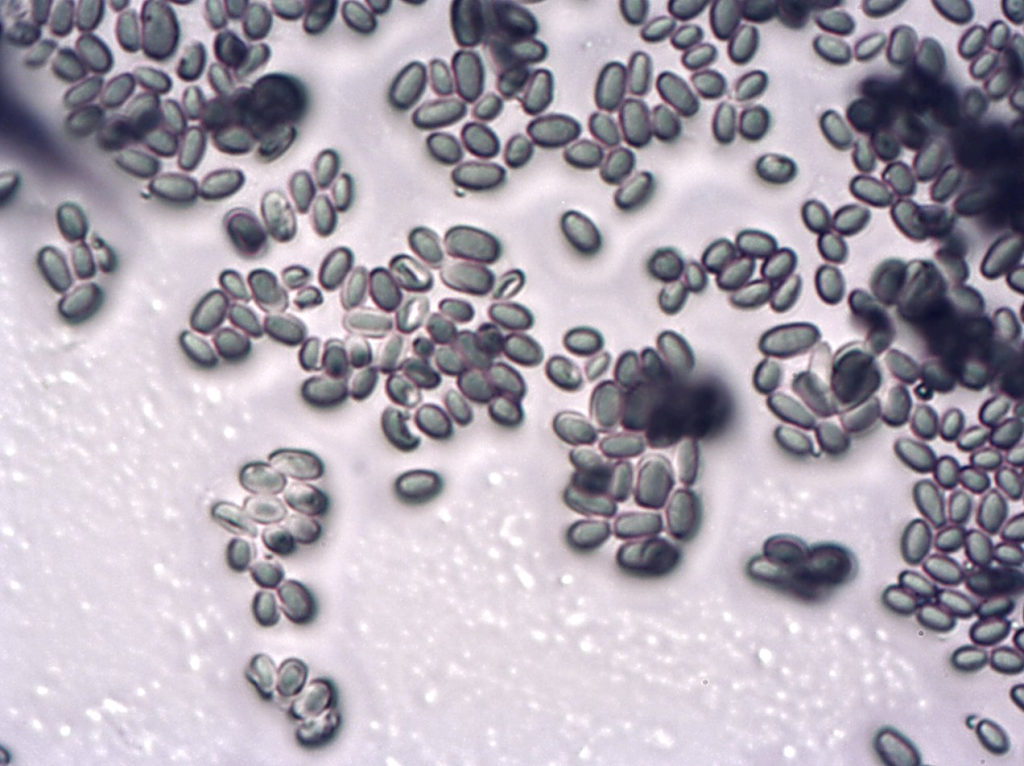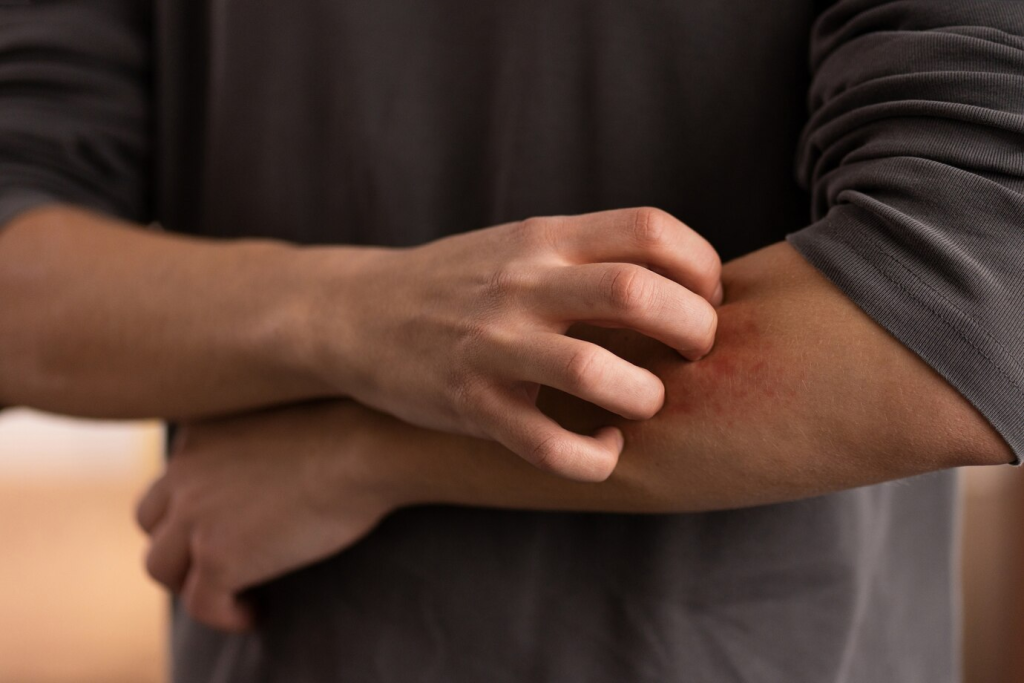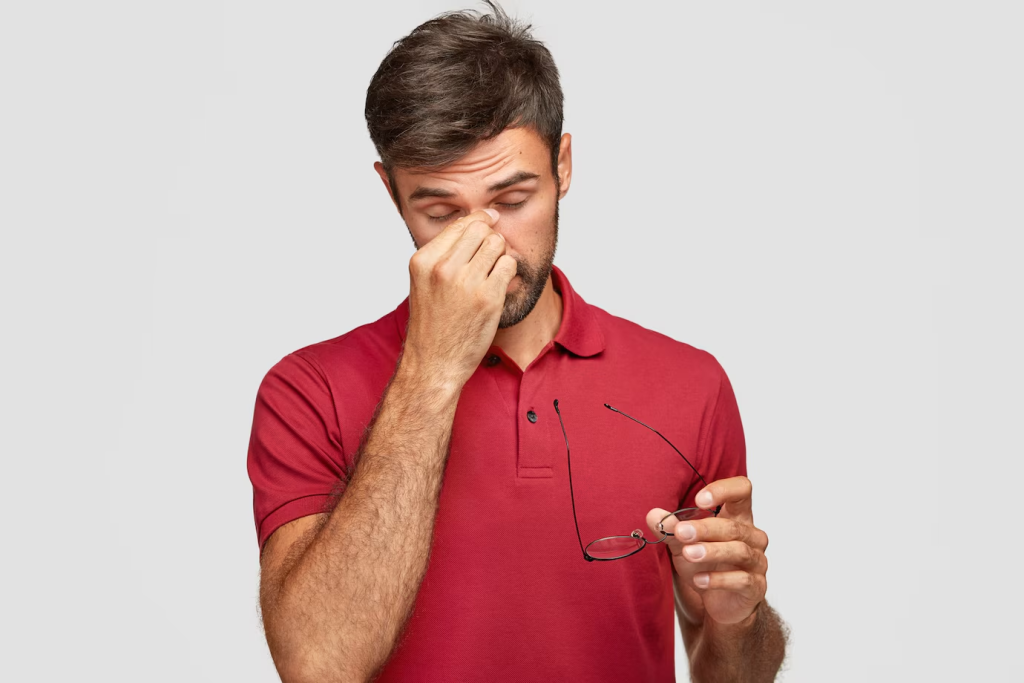
Did you know that indoor air pollutants are, on average, 2-5 times higher than outdoor levels? Germs are everywhere. Some are good for our well-being, whereas others can make us sick. As Benjamin Franklin said – an ounce of prevention is worth a pound of cure – maintaining a clean environment around you is crucial. That is why people opt for various methods to clean, sanitize, and disinfect their places.
While the terms cleaning, sanitizing, and disinfecting are often used interchangeably, they each serve a distinct purpose. Sanitizing is about killing germs. Cleaning is about removing dirt. Disinfecting is about making the environment safer.
Knowing when to clean, sanitize, and disinfect surfaces in your home is the key to preventing the spread of diseases. So, in this guide, we will discuss the differences between cleaning, sanitizing, and disinfecting.
What is Cleaning?

Cleaning refers to removing dirt, dust, and germs from surfaces. People use water, soaps, detergents, and cleaning solvents to clean various surfaces. Some common examples of cleaning include sweeping, vacuuming, mopping, and wiping down surfaces.
However, the type of cloth you use for cleaning can make a huge difference. In fact, according to the University of California Davis Medical Center, microfiber mops can reduce 99% of bacteria, compared to cotton-loop mops, which can only reduce 30% of bacteria.
Note: Cleaning can only remove germs from the surface, but it doesn’t kill germs. So, cleaning a surface doesn’t mean it is germ-free. That’s why you need to opt for some additional steps, i.e., sanitizing and disinfecting, to improve air quality and make your place germ-free, especially if someone is ill or suffering from a disease in your house.
What is Sanitizing?

As per public health standards, sanitizing refers to the process of reducing germs to a safe level after cleaning the surface. You can use chlorine, solutions based on quaternary ammonia, or alcohol-based sanitizers to kill germs on various surfaces. According to the CDC, it is best to use sanitizers that can remove 99.999% of the specific test bacteria in 30 seconds. Sanitizing is crucial, especially for restaurants, schools, corporate offices, and hospitals.
For hand sanitizers, the CDC recommends using a formula with a concentration of 60-95% alcohol. For hard surfaces, you can use a formula with a minimum concentration of 60% alcohol.
In addition, steam cleaning can remove germs from porous surfaces such as fabrics, carpets, and upholstery.
Note: Sanitization can wipe out bacteria quickly, but it can’t help you eliminate all types of viruses or fungi. So, if someone in your home is allergic to mold, you should opt for disinfecting.
What is Disinfecting?

Disinfecting is the process of killing 99.9999% of germs on surfaces and objects. Unlike cleaning and sanitizing, disinfecting products can kill bacteria, viruses, and fungi. Disinfectants usually require a pre-cleaning step to remove dirt from the surfaces.
When used appropriately, disinfection can stop the spread of diseases and viruses, such as influenza and coronavirus. However, to kill the germs completely, you must leave the disinfectant on surfaces or objects for some time.
You can use bleach, alcohol solutions, and chlorine solutions as disinfectants. The most common areas that must be disinfected include bathrooms, kitchens, and hospitals.
According to EPA, disinfectants are categorized as:
- Limited disinfectants
- General disinfectants
- Hospital disinfectants
Disinfecting is also widely used to get rid of mold spores that can otherwise cause serious illnesses and diseases. It includes respiratory issues, digestive issues, eye irritation, and more. So, if you are also struggling with mold and seeking mold remediation services, Above & Beyond is your trusted service provider.
We have skilled professionals who use state-of-the-art technology and equipment to help you eliminate mold. We can help you find the causes of mold growth and prevent it from future growth.
Difference Between Cleaning, Sanitizing, and Disinfecting
| Aspect | Cleaning | Sanitizing | Disinfecting |
|---|---|---|---|
| Definition | Removing dirt, dust, and impurities | Reducing the number of germs on surfaces | Killing a wide range of germs and pathogens |
| Purpose | To make surfaces look clean | To lower the risk of spreading infections | To eliminate germs and prevent the spread of infection |
| Method | Using soap/detergent and water | Using chemicals or heat to reduce germs | Using strong chemicals to kill germs |
| Tools | Cloth, sponge, mop, soap, and water | Sanitizing wipes, sprays, or solutions | Disinfecting wipes, sprays, or solutions |
| Frequency | Regularly, as needed | After cleaning, as needed or specified | When required, especially for high-touch areas or after exposure to illness |
| Effectiveness | Removes most visible debris and some germs | Reduces germs to safe levels, according to public health standards | Destroys most germs on surfaces |
| Applications | General household surfaces, floors, windows | Kitchen surfaces, dining areas, schools | Medical facilities, bathrooms, high-touch surfaces (e.g., doorknobs, light switches) |
Tips for Effective Cleaning, Sanitizing and Disinfecting
Use appropriate products: Choose the right products for each task. Use cleaning agents to remove dirt, sanitizers to reduce germs, and disinfectants to kill germs.
Follow instructions: Read and follow the manufacturer’s instructions on cleaning, sanitizing, and disinfecting products for optimal results.
Ensure proper ventilation: Use products in well-ventilated areas to avoid inhaling fumes, which can be harmful.
Wear protective gear: When handling strong chemicals, wear gloves and masks to protect your skin and respiratory system.
Use the right gear: For every process, there is a tool. So, make sure you use the ideal tool for a particular task.
Take professional help: While you can clean, sanitize, and disinfect your home on your own, hiring a professional can make a huge difference. They have the right tools and expertise to handle each task with utmost care. So, if needed, consult a professional for cleaning, sanitizing and disinfecting.
Clean high-touch surfaces frequently: Regularly clean and disinfect frequently-touched surfaces like doorknobs, light switches, and electronics to prevent the spread of germs.
The Bottom Line
Knowing the difference between cleaning, sanitizing, and disinfecting is essential for maintaining a healthy and safe environment. While cleaning removes dirt and some germs, sanitizing reduces germs to a safe level, and disinfecting kills most germs on surfaces.
By following the appropriate steps and using the right products, you can ensure a clean, germ-free home or workspace, preventing the spread of illnesses and promoting overall well-being.
For those seeking professional disinfecting services in NJ, Above & Beyond is your trusted service provider. Our skilled professionals use state-of-the-art technology and equipment to handle each task with the utmost care, ensuring your home or workplace is not just clean but truly safe and healthy.
Whether you need assistance with mold remediation or comprehensive cleaning, sanitizing, and disinfecting services after water damage, Above & Beyond is dedicated to delivering exceptional results and peace of mind.

